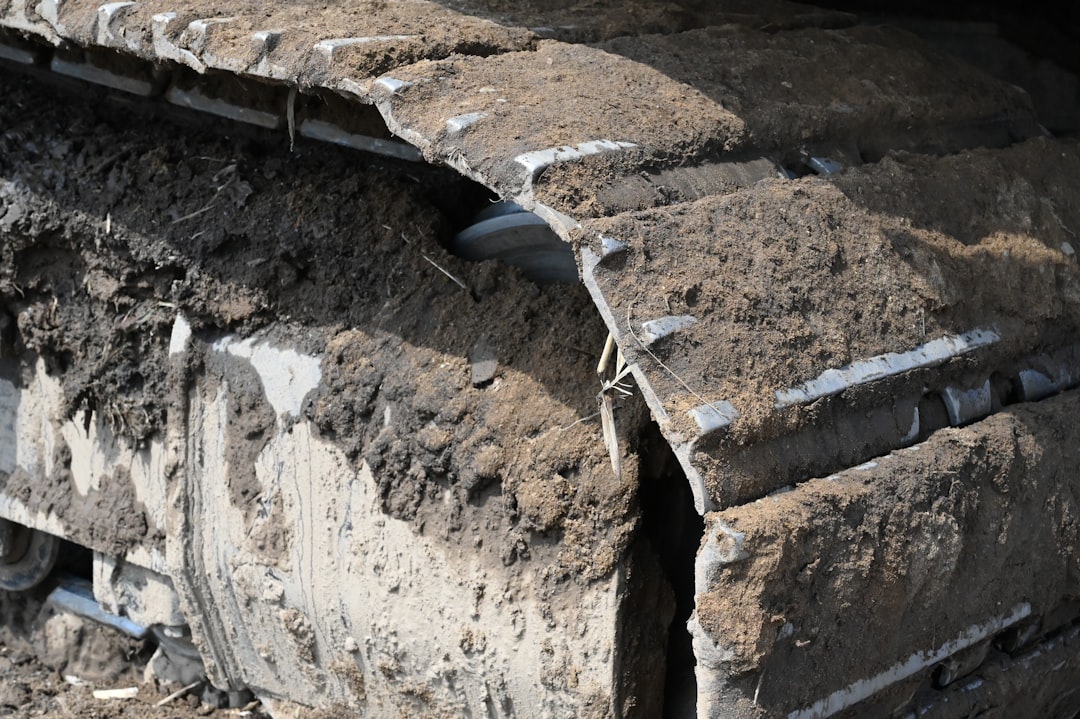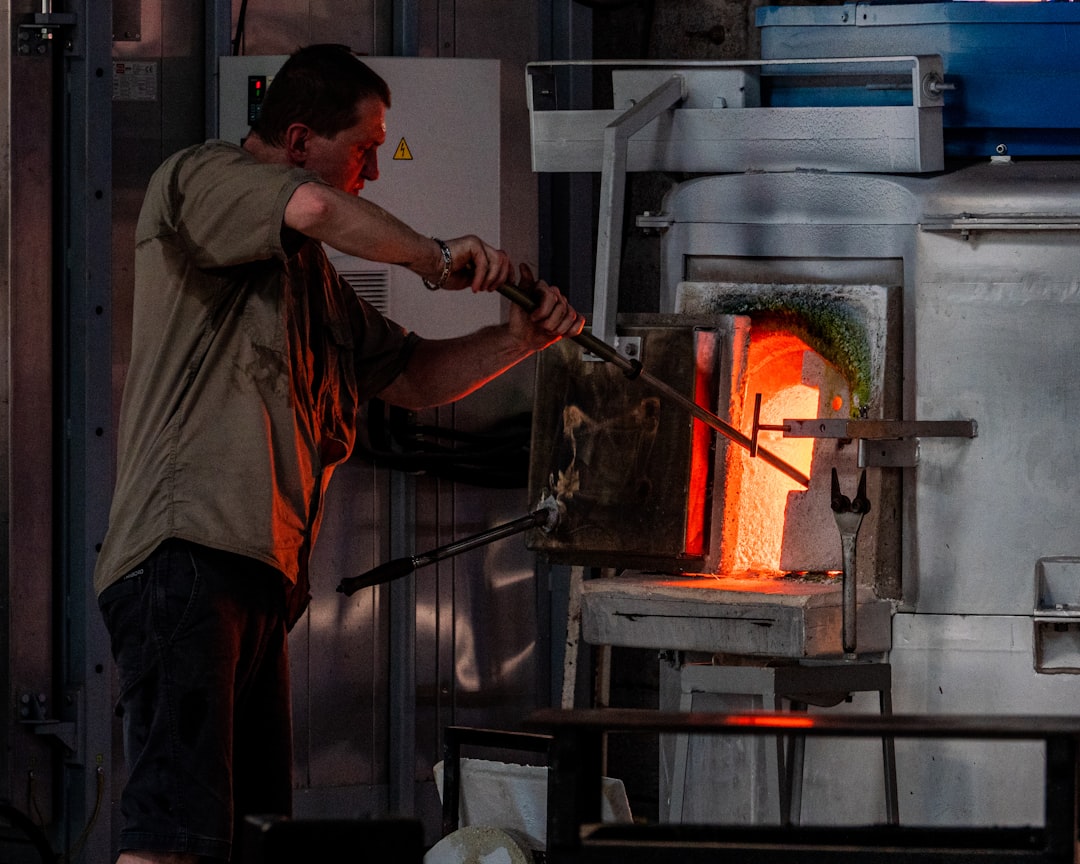What is it about?
A problem of a dynamically growing crack, which is approaching an interface between the two elastic isotropic materials at an arbitrary angle, is considered . That crack could behave in three ways: (i) it can arrest at contact with the interface, (ii) it can deflect into the interface and continue to propagate along it or (iii) the crack can penetrate the interface and continue to propagate in the material across it.
Featured Image
Why is it important?
When studying the interfacial fracture, an important aspect to consider is to determine what the role of the interface is when the crack approaches it. Namely, the question is whether the crack, which is approaching the interface, would penetrate it and continue to propagate in the material across it, or would it deflect into the interface and continue to propagate along it. That problem is interesting and significant, for instance, in designing the interface between the fibers and substrate in the fiber reinforced composite materials. There, the objective is for the crack, incoming from the substrate, to deflect into the interface between the fiber and substrate and continue to propagate along it, leaving the reinforcing fiber undamaged, rather than to penetrate the interface and thus break the fiber.
Read the Original
This page is a summary of: Analysis based on the energy release rate criterion of a dynamically growing crack approaching an interface, International Journal of Damage Mechanics, July 2016, SAGE Publications,
DOI: 10.1177/1056789516650246.
You can read the full text:
Contributors
The following have contributed to this page










